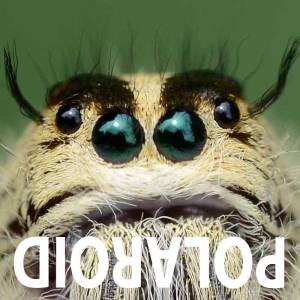orange dragon
Today I had a new plan for Damien. I attached the decoy to a length of bendy rod , pushed into the ground. The slightest touch and the decoy is flying. A length of string tied to the bottom of the rod allows me to inject a little movement occasionally. I set up the pre-focused camera on the tripod, behind one of the trees, giving me a modicum of cover.
The result - nothing. The dragons were mildly interested, but nothing came within a meter, so once again, back to the drawing board. I do have more ideas, so I am not finished yet. I was out early this morning, keen to try out the swaying decoy. There seems to be a lot more dragon activity earlier on, before the heat of the day.
Just out of interest, I did a Google search on 'dragonfly decoy' and found that this idea is not as unique as I thought it was. I found a superb article by Graham Owen with a set of absolutely stunning photographs that put my meager efforts to shame. It also convinced me that I am on the right track and not wasting my time.
In another article by another author, it was found that if the decoy was too big, then the dragons would leave it alone. This may well be my problem. I may try a smaller dragon decoy, also learning from Graham, I may try some different insects as decoys, as a dragon in hunt mode has to be a top blip. There is also a possibility of tempting one of the swallows down for a snack, as there is a fair flock of them overhead. They may be martins, not sure yet, it has been a while since I took an interest in ornithology.
I also read that in Taiwan, a decoy is made by tying together the seed heads of grasses (no details given, but you can probably figure it out). Wave the decoy at a dragonfly. When it attacks the decoy, grab the dragonfly with your free hand.
As for today's blip, this dragon settled a few feet from me and I was able to do the knees and elbows thing and get quite close, in fact, the blip is not cropped. Notice that the front legs are not tucked behind the head, indicating that the dragon is not in hunt mode and more approachable. This could be coincidence, but I will continue to monitor this feature.
This orange dragon is a new one to me, so was an easy choice to blip, I didn't bother looking for anything else. The structure behind the head was interesting, the head looks like it is on a hinge. Also, you can clearly see that the wing is not flat, but a complex system of corrugations. I was aware of the corrugation behind the leading edge, but there is a lot more going on.
The corrugations have been studied closely by university scientists, but they didn't come up with a conclusive explanation. The fact that all dragons have the same pattern of corrugations tells me that they must be important and the studies have missed the point. I do have my own ideas, but this is not the place for them.
In fact, an impressive amount of research has been done on dragon flight. Some on actual filmed flight, theoretical flight, computer simulations (CFD analysis) and even mechanical simulations. I have read close to twenty thesis documents, very heavy stuff I might add. Progress has been made, but the power of dragonfly flight has still not been fully understood. I'd love to go back to university and have a go myself, but when I finished college, I vowed never to return.
just for interest, I have put a couple of images up on Flickr, a close-up of the head and a blue banded bee attacking the decoy.
Preliminary identification - Brachythemis contaminata (Fabricius,1793)
Dave
- 1
- 0
- Olympus E-10
- 1/100
- f/7.1
- 34mm
- 80

Comments
Sign in or get an account to comment.


